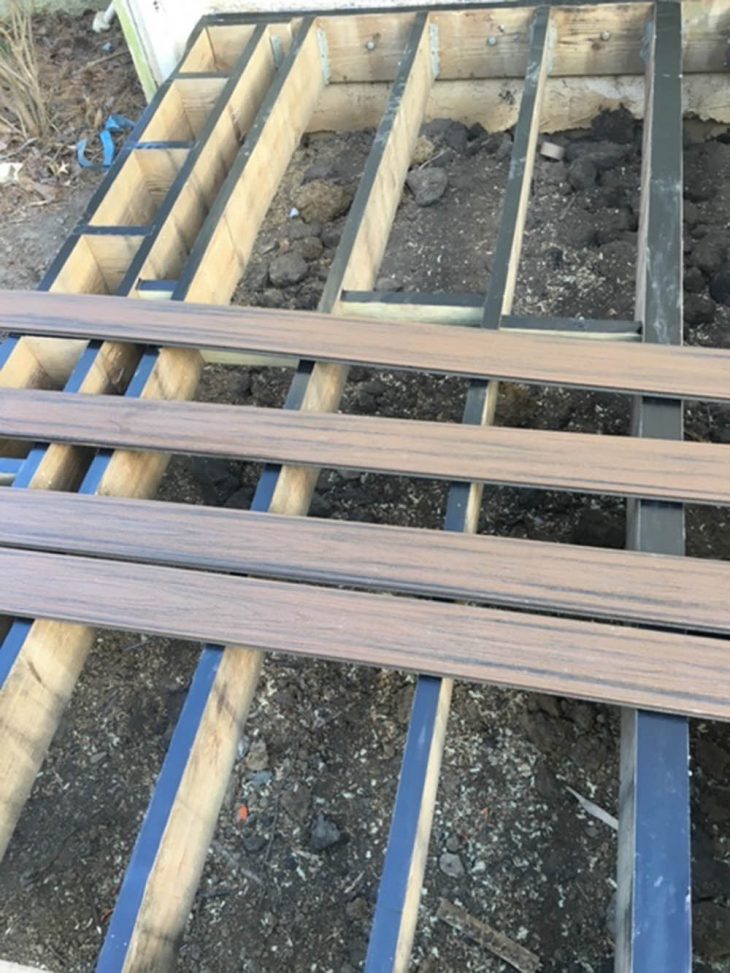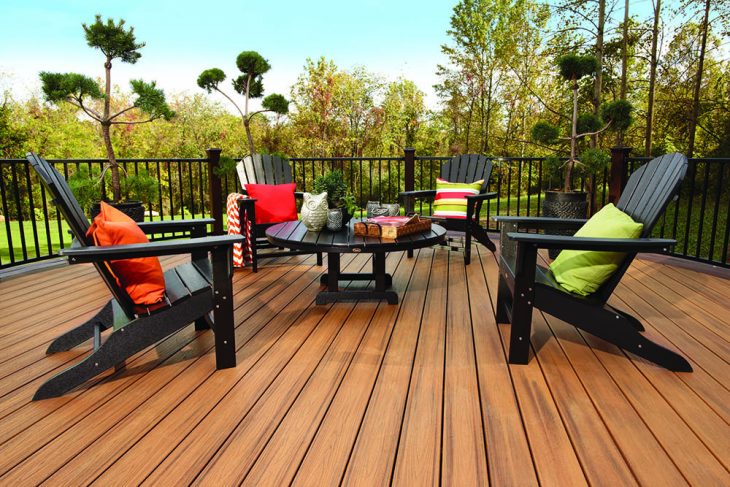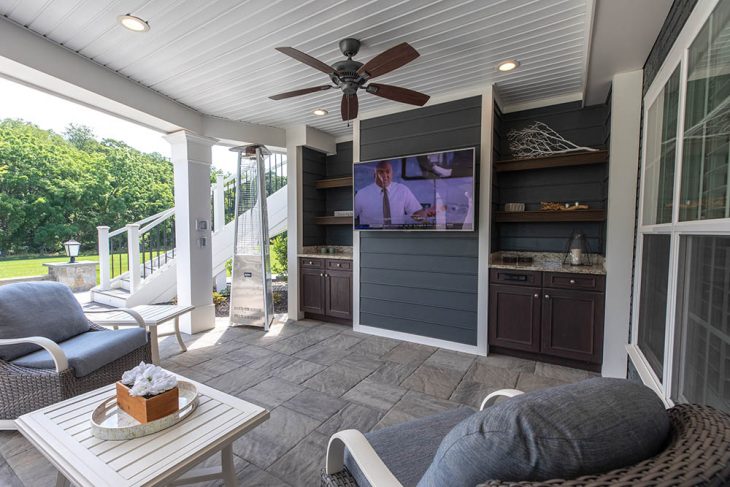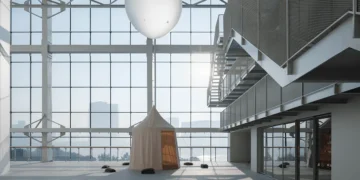
When you have a deck, the great outdoors, sunshine and barbecue are right outside your back door. And nothing inspires deck dreaming like summer. As you begin to plan for your deck build, you may wonder what’s most important to consider. You might ponder little details such as flashing tape and bigger questions such as how big and complicated you want your design to be.
To begin, give some thought to these 6 considerations:
- Build with purpose
Before you peruse inspiration galleries and fall in love with a particular picture of what your deck could be, consider your goals.
What purpose will your deck serve? Do you see it as a space to entertain and host barbecues or a spot to relax in a hammock on the weekends? This will help you determine the size and location of your deck. Do you love soaking up the sun or do you eschew ultraviolet rays? This can help you decide whether you want to build in shade via a roof, awning or pergola.
Make a list of what most appeals to you about having a deck and how you aspire to use it. Then, build your design around your purpose. Check out these tips for laying out a deck.
- Protect your deck from the start
When you invest in a deck, you’ll get a high return on investment (ROI). According to the 2021 Cost vs. Value Report by Remodeling Magazine, adding a deck with wood or composite decking is a top-10 home improvement in terms of ROI. A wood deck has a 65.8% ROI and a composite has a 63.2% ROI.

To protect your investment, you need to guard against the primary threat to your deck: wood rot. Most decks have a wooden substructure (the joists and beams beneath your deck boards that make up its framework). A quality butyl tape applied to the tops of your joists, beams and ledger board will keep moisture out and help screws hold tighter. For a small add-on cost, you can add years to the viability of your deck.
- Composite or wood?
Composite decking, made of recycled plastic and wood particles, has been growing in popularity due to the soaring price of timber and the need to seal or stain wood every 2-5 years. However, wood remains a less expensive material, so homeowners have to weigh the upfront costs versus the long-term maintenance needs. These days it’s easier than ever to estimate your costs, especially with online calculators.

- Double your space
If you have the ability to build a two-story deck (usually this is true if you have a walk-out basement), you can double your outdoor living area. How? By creating dry, useable space beneath your deck with a drainage system. Using a system of troughs and gutters, an under-deck drainage system will keep rain and snow from leaking between your deck boards onto everything beneath.
Once you have a drainage system in place — and be careful to choose one that covers the joist rather than letting water run over the joists into guttering — you have many options. Add an under-deck ceiling system, lights and fans. You can keep the space open as a patio, or enclose it as a sunroom, playroom or storage.

- Hire a pro or build like one
Building a deck is possible for the DIY homeowner. However make sure you don’t make rookie mistakes like using nails to attach the deck’s ledger board to the house rather than structural screws. Make sure you properly set the footers according to local code, which depends on your geography. - Get a building permit
Even if you’re going the DIY route be sure to get a building permit. It will make sure you don’t skip details that may compromise the safety of the deck or cause issues for you when you sell the house. - Dream it, build it
Now that you’ve considered your options, take time to dream. Look at online galleries for inspiration.
In the planning phase, consider:
- Colors: Today’s composite boards and wood stains come in myriad choices.
- Shapes: You’re not confined to a rectangle. Think outside the box!
Built-ins: Look at benches, planters and deck boxes - Lighting: You might want post caps, stair lights, ceiling fans or other permanent lighting that’s easier to install during construction.
- Railings: Go for an urban vibe with metal details or choose plexiglass or glass to get a clear view of your environment. If you choose wood or vinyl, there are many designs to consider besides simple spindles.
- Special features: Fire tables and water features are popular add-ons, and easiest to install during the build.
Give your deck construction some time and attention up front and you will reap the benefits for many seasons to come.



















